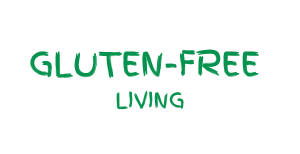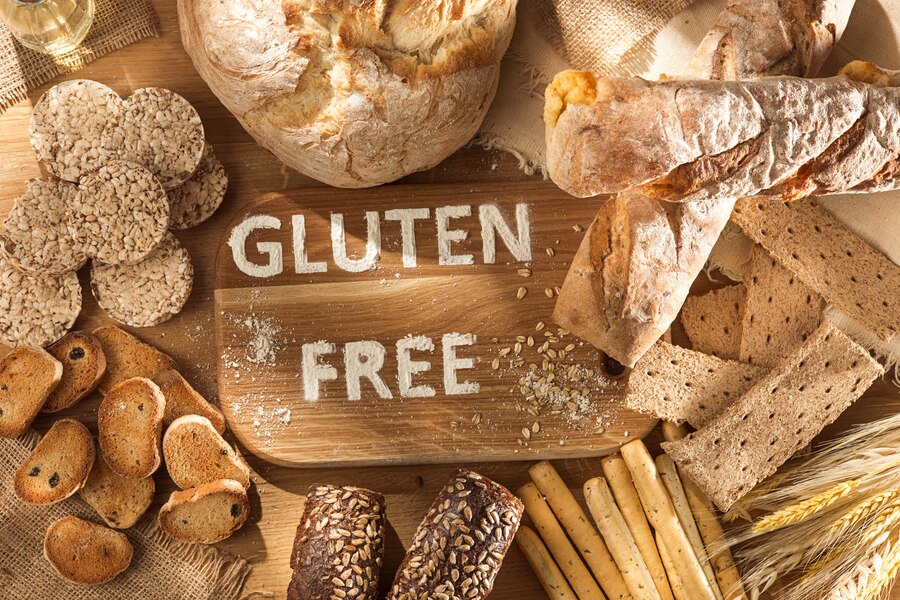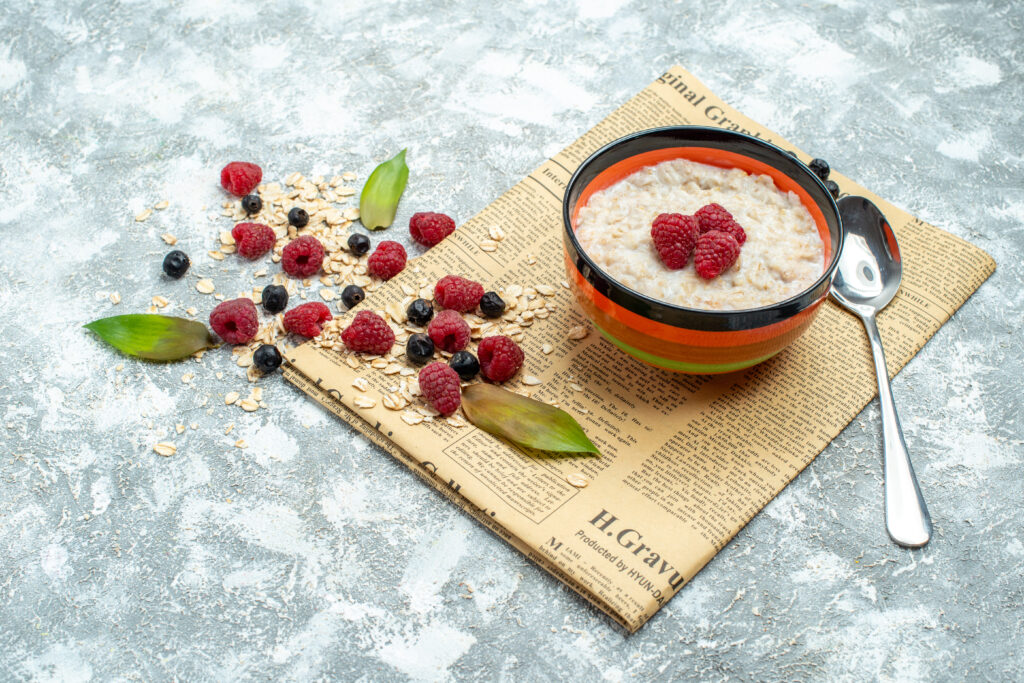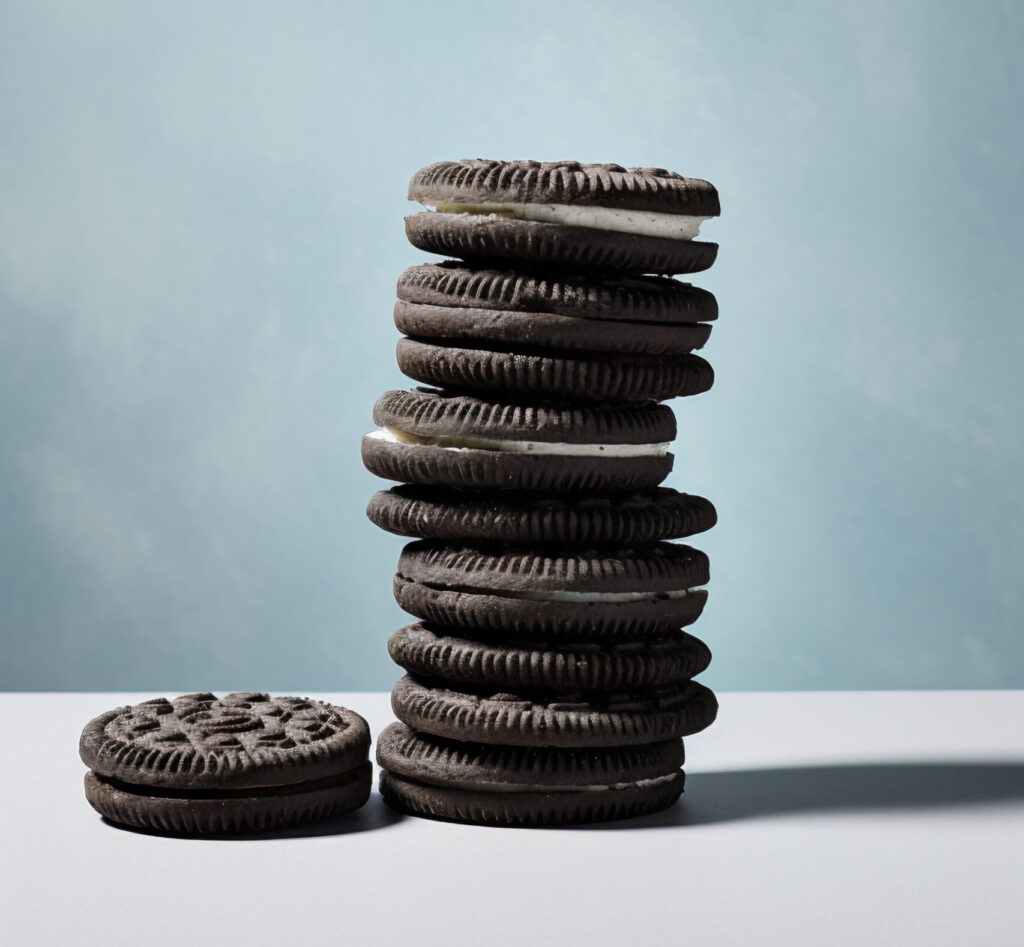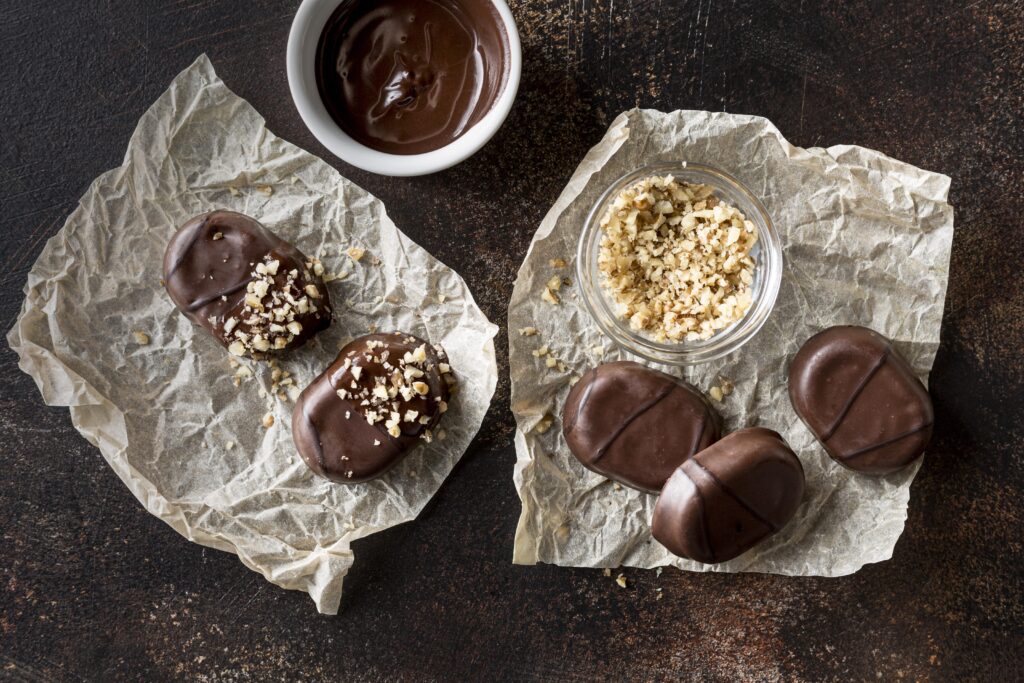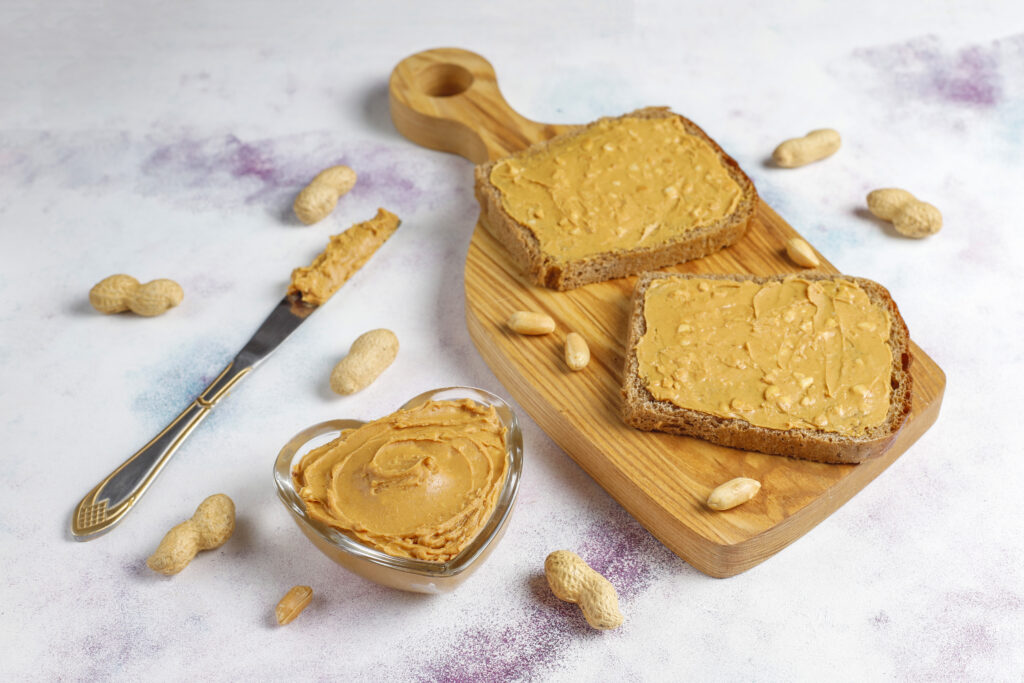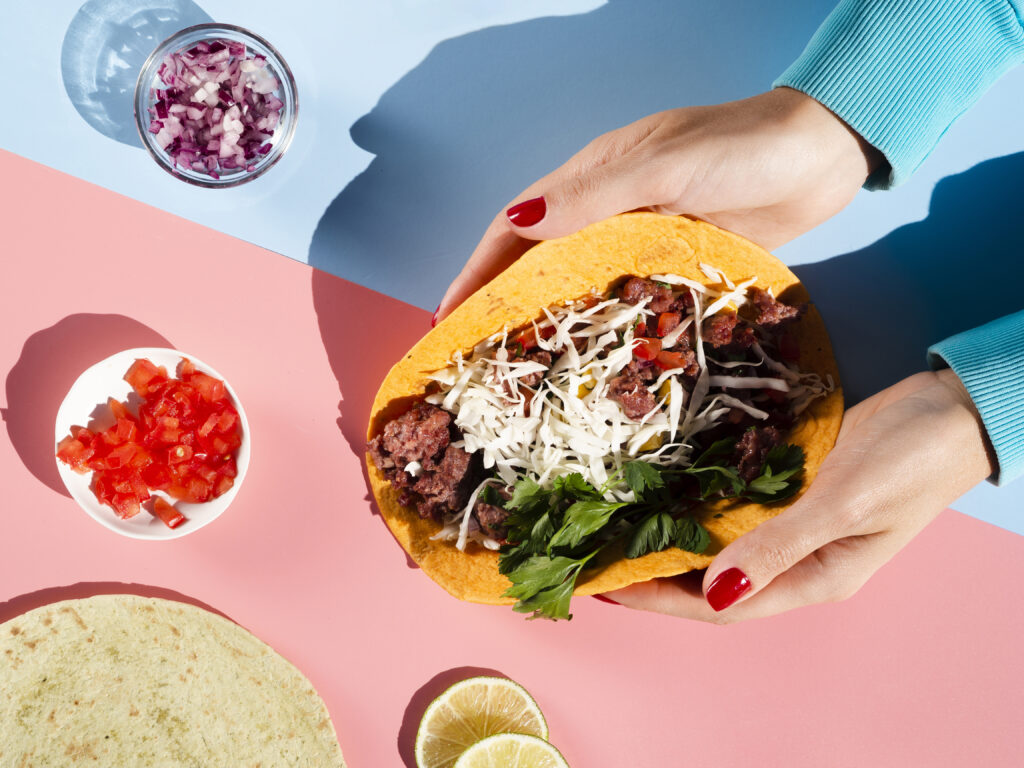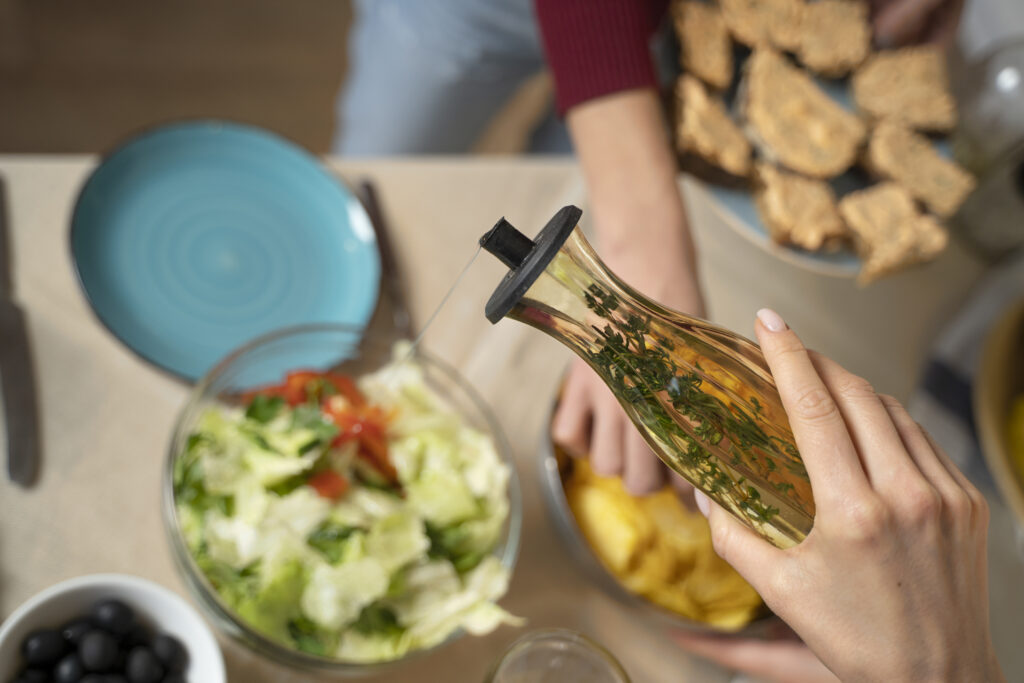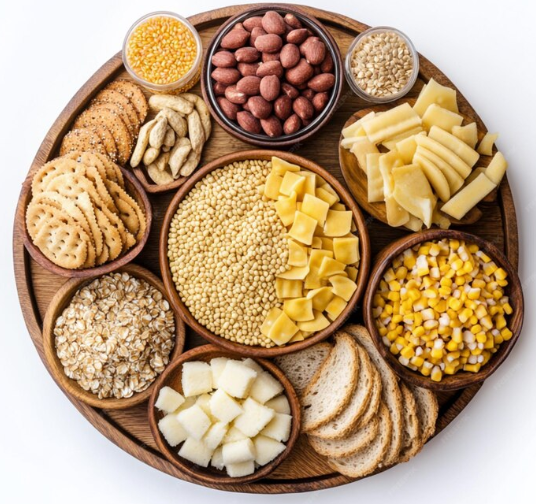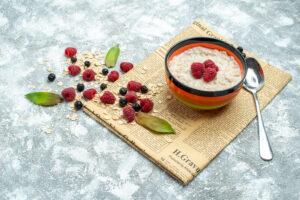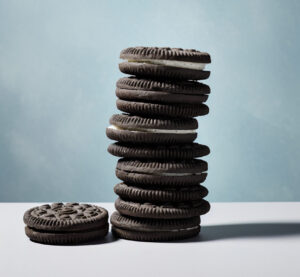Hey! Are you gluten intolerant? Umm, yes! No! I don’t know. What’s that? Do you prefer having gluten free food or are you following a gluten free diet?
Ahhh! Gluten intolerance, gluten free food, gluten free diet, gluten! What is this gluten? Is this some kind of food?
Well, gluten is basically a protein found in certain grains, like wheat, barley, rye and malt. Imagine the whole process in your mind, when you make a dough,it’s elastic. The elasticity a dough has is because of gluten. If you remove gluten from your dough it isn’t elastic anymore.
Let me tell you a small experiment! Take a small ball of dough and wash it for a good 15-20 minutes. The milky white water draining out from your dough is actually the gluten flowing off. Now compare the dough’s elasticity before and after the wash. Dude! You have washed all the gluten away from the dough.
Now basically there are some people whose body cannot accept gluten, and in return it reacts by showing some symptoms. You can say that one gets allergic to it. The signs and symptoms it shows includes; digestive problems, bloating, nausea, abdominal pain, constipation, fatigue or any sort of skin reactions. So the people who can’t take in food having gluten, or in other words, their digestive tract can’t accept gluten, are known as gluten intolerant.
You also might have heard of celiac disease or celiac patients. That’s almost the same. Gluten intolerance is a sensitivity where your body is sensitive to gluten. Whereas, celiac disease is an autoimmune disorder that leads to damage to your digestive tract. Again, the root cause majorly is gluten.
GLUTEN INTOLERANCE
So, should I now skip having my favorite foods in my diet? Umm, that does not sound good to me. As mentioned, the major product is wheat, so how will I fulfill my desires for different food? How will I satisfy all my cravings, from yummylicious pizza, to tempting pastas, to crunchy waffles, to gooey cakes, and whatnot? The list goes on and on.
Hey! Nobody can stop you from eating all these. You don’t need to quit on your favorites. Instead, you just need to replace the product with gluten, which is wheat flour. Replace this ingredient, and that’s all. You are all good to satisfy your cravings. The main treatment to this cause is to cut off gluten from your life. To have a healthy digestive tract. This means no sensitive reactions in return, and a healthy life to carry on with.
GLUTEN FREE DIET- A HEALTHY OPTION
Did you get to hear something different nowadays? Even if an individual is not sensitive to gluten still he is following a gluten free diet. I mean, what’s the need for a normal healthy person to go for such diets where you might need to compromise on some sort of taste or foods.
Umm, I think I need to clear one misconception here. First of all, having a gluten free diet doesn’t mean compromising on taste or any sort of delights. From mild to spicy, sweet and sour, you can have everything. Secondly , why people are moving towards a gluten free diet is because it’s a healthier option. And why would one not prefer to live a healthy and long life with their loved ones.
In a world full of influencers, of course the base point needs to be that people are getting influenced through social media and famous personalities following this trend. Other than this, it is also considered to be healthier, allowing you to be more active and energetic and keeping your digestive tract smooth. Following, it helps you in weight management. If you are a fitness freak, I think maybe you must be following a gluten free diet as a healthy option for your body.
The most important point for people shifting to a gluten free diet is the awareness to intake natural foods rather than processed food. Majorly the processed food on your food list includes gluten in it. So would you prefer having food that would affect you negatively in the long run or would you move towards a healthy option? I think the latter one. So this is the biggest turn where people are understanding what food is good for them and what not, making their food choices wisely.
GUIDE TO GLUTEN FREE FOOD LABEL
Hopefully it must be cleared what gluten is and how it can cause a reaction to one, being gluten intolerant or celiac patient. And due to that how important it is for those people to consume a gluten free diet. While others, by choice, due to its benefits and healthy options have switched to a gluten free diet.
So to move towards a gluten free diet, the initial stage is choosing the correct ingredient. Whatever food you prepare, you need to be sure that the ingredients you are adding in it are gluten free. So how to figure that out? Keep reading to get your question answered!
Let’s suppose you are going to a supermarket to buy some groceries, specifically to buy food stuff that is gluten free. So the first thing that will pop to your eyes is the tagline mentioned on the packaging “GLUTEN FREE.” As you flip the box to see the ingredients list, there you see “ MAY CONTAIN SOME TRACES OF WHEAT.” An alarming sign for you. Isn’t it? Confusing right? So, to be 100 percent sure, check all the parameters. See whether the packaging has mentioned “GLUTEN FREE” or not. Then look for the ingredients, incase of any ingredients mentioned containing gluten, especially wheat, rye, barley or malt.. Manufacturers are legally allowed to put “GLUTEN FREE” on the packaging as long as the products test under 20 PPM(parts per million) of gluten. Many people who have severe intolerances and celiac disease are unable to tolerate even 20 ppm. For this reason, a number of gluten-free companies are relying on other parties to verify that their products are only testing for less than 20 PPM. The Gluten-Free certifying Organisation, or GFCO, is a well-known certifying body whose symbol you can frequently find on packaging these days.
This GFCO mark attests to the product’s testing for less than 10 PPM, which is usually a low enough level that a person with celiac disease may tolerate. Also one last thing you may keep in mind. There is one more tagline you may see on the packaging which says “ WHEAT FREE.” Make sure that wheat free doesn’t mean that it’s gluten free. This just means that wheat, as an ingredient, is not added. Any other ingredients containing gluten, such as barley or rye, may be added in it. So don’t mix up with this. Even make sure that the food is not contaminated with any sort of gluten product or its derivatives, as that as well is harmful too. So, before grabbing any of the food ingredients or food product, be very sure through all the parameters, as the small neglect can cause you something very big.
GLUTEN FREE FOOD CHOICE
Talking about gluten free foods, what are the options you can buy when shifting towards a gluten free diet? Don’t worry! I have already prepared a list for you, and that will definitely help you to buy those specific food products.
First and foremost, do not buy wheat, rye, barley and malt or their derivatives as they contain gluten in it. Secondly, if you are going for oats as an option, you need to be sure that it’s gluten free. Although oats are gluten free. It may happen that they can get contaminated with wheat, rye or barley in their production area. So for this checking all the labeling parameters before buying is must to follow.
As an alternative, the best option for you is to have fresh and natural foods and skip with the processed foods. Following is the list that goes on like;
- All the fresh fruits and vegetables are the best option for you to add on in your diet, as they are completely gluten free.
- Beans, legumes, seeds, and nuts in their natural and unprocessed foods is a healthier option to go with.
- Eggs, the best source of protein, which helps you keep full for the day is again the best option to include in your diet.
- Lean, non-processed meats, fish and poultry can be consumed too.
- Also you can have low fat dairy products (incase if you are not lactose intolerant)
- Buckwheat
- Corn (labeled as gluten free) as it may get contaminated with gluten
- Flax
- And all the gluten free flours including rice, soy, potato and millet can be used in your diet if you are pursuing a gluten free diet.
Just skipping with wheat flour, the base ingredient for many food delights, and others like barley, and rye, you have got so many other options to go with and make all the amazing tasteful foods. From cakes to biscuits, waffles to pancakes, pizza to pasta, snacks to proper meals, everything. I mean it, everything can be made. It’s just accepting and adjusting with this new normal and I bet you, you will be happier and healthier than others.
PROCESSED FOODS CONTAINING GLUTEN
Processed foods are actually the killing agents for gluten intolerant people or celiac patients. Sometimes it feels that this specific processed food won’t be made of such ingredients containing gluten, but actually it is! Unknowingly you consume it, and then you need to face all the consequences of it. So it’s better to be sure before eating, by checking the labeling. Mark my words, half of your task is done when you check the labels appropriately.
DISCLAIMER! Checking labels for every food ingredient, either for gluten free, halal haram, any allergen or anything, it should be the new normal for each and every one of us. Before you purchase something, check out the labeling, be sure what you require is perfect for your use and then buy it.
Ok! So let me share with you the list of processed foods that may contain gluten in it, and it can be harmful for you. In general, avoid the following foods unless they’re labeled as gluten-free or made with corn, rice, soy or other gluten-free grain. This includes;
- Breads
- Cakes and pies
- Candies
- Chocolates
- Cereals
- Cookies and crackers
- Biscuits
- Croutons
- French fries
- Imitation meat or seafood
- Malt, malt flavoring and other malt products
- Pastas and noodles
- Pitas / rolls
- Hot dogs and processed meats
- Salad dressings
- Sauces, including soy sauce
- Seasoned rice mixes
- Seasoned snack foods, such as potato and tortilla chips
- Soups
- Vegetables in sauce
You might be amazed by reading all these options. You might be having a question that is actually wheat, rye or barley added in these dishes. Let me clarify. Usually wheat, rye, or barley are used as the base ingredients in the dishes. But sometimes in some dishes they are even used as thickening agents or binding agents. So anyways they have been added up in your food. Hence, not considered as gluten free food.
PROS OF HAVING A GLUTEN FREE DIET
Everything you do in life, whether it’s changing of a lifestyle, or changing your food choice, being lazy and sedentary or doing excessive exercise, everything has its pros and cons. Similarly following a gluten free diet as well has its own benefits and on the other side it has cons too.
Talking about the benefits of a gluten free diet, of course it’s the healthier option. And if you are diagnosed with celiac disease or non celiac gluten sensitivity, then following a gluten free diet is not just a safe and healthy option, but also medically necessary for you. Counting on with the pros;
- TREATS CELIAC DISEASE AND GLUTEN SENSITIVITY
The initial purpose of the gluten-free diet was to treat celiac patients. The gluten protein causes your immune system to attack and destroy the lining of your small intestine, which results in pain and other symptoms. In the end, these attacks have the potential to irreversibly harm the microscopic segments of the small intestine that facilitate your body’s absorption of food nutrients. If gluten is not eliminated from the diet, people with celiac disease may have nutritional deficiencies and be more susceptible to osteoporosis and some cancers. Symptoms begin to manifest (as previously mentioned). Upon initiating a gluten-free diet, these symptoms often resolve.
The gluten-free diet also is used to treat non-celiac gluten sensitivity, having similar symptoms when they consume foods containing gluten. Therefore, following a gluten free diet for them is also essential to overcome these symptoms.
- A BAG FULL OF NUTRITION
Once you’ve understood how to omit out gluten from your diet, you can focus on managing your nutrition and diet in general. If you pay attention to meal diversity and balance, a gluten-free diet may be quite healthful. You can prepare a wide range of meals and snacks using every necessary essentials you should always add in your diet. You can enjoy a healthy, well-balanced diet that is also gluten-free if you only eat entire foods devoid of gluten.
The good news is that there are gluten-free convenience items available as well, including cereals, bread, tortillas, crackers, canned and frozen foods, and frozen dinners. You’ll need to become savvy at reading labels to ensure you’re purchasing gluten-free products.
- FOOD FLEXIBILITY
Following a gluten free diet doesn’t mean resisting any particular food type. Either vegetarian or non-vegetarian, you can have your own choice of food on your platter. That’s how flexible it is. From all the vegetables and nuts to lean and non processed meats, you can have it in your diet. Even for all your sweet cravings for dessert, you have the best gluten free options if you tend to try those out.
- INCREASED AWARENESS OF FOOD CHOICES
While opting for a gluten free diet, it encourages one to have whole, unprocessed foods, which is ultimately a healthier option. Also shifting to a gluten free diet makes you pro at reading the labels and understanding it to your fullest.
CONS OF HAVING A GLUTEN FREE DIET
Where there are benefits, definitely there will be risks too. The major negative effect of having a gluten free diet is, having nutritional deficiencies. Especially to the ones who are not sensitive to gluten, and they tend to consume a gluten free diet, they need to have a proper balance from each category of food and have a balanced nutritional diet. Counting on for the cons:
- LOW IN FIBER
Nutritional experts advise males to consume around 38 grams of fiber daily and women to consume about 25 grams. That’s an adequate amount of fiber. Whether we eat a gluten-free diet or not, most of us don’t get enough of it in a day. Since many of the readily accessible, high-fiber items in our diets—like whole-wheat bread and barley—contain gluten, following a gluten-free diet presents an additional hurdle.
The good part is that a wide variety of naturally gluten-free foods, such as grains, legumes, fruits, vegetables, nuts, seeds, and lentils, are also high in fiber. However, when one option is cut off, we have several other options to fulfill our per day fiber limit. And you can also take a fiber supplement that is gluten-free to fulfill your fiber requirement per day, in case you are deficient with it.
- NUTRITIONAL DEFICIENCIES
The gluten-free diet may be deficient in other nutrients in addition to fiber. This is due to the fact that gluten-free versions of meals are not fortified with any additional vitamins and minerals, while the wheat-based foods like bread and cereal are. In particular, those who follow a gluten-free diet are deficient in thiamin, riboflavin, niacin, and folic acid, among other B vitamins. They must also monitor their consumption of calcium, iron, and vitamin D. Fortified gluten-free food with added vitamins and minerals can help offset these possible nutritional shortfalls.
For that, read labels before you buy since some brands (but not all) contain additional vitamins and minerals. To fill in any possible vitamin consumption gaps, you may also think about taking a once-daily vitamin supplement (be sure to select one that is gluten-free).
- HEALTH HALO FOR GLUTEN FREE PACKAGED FOOD
A lot of packaged items on store shelves have a “GLUTEN FREE” label or certification since the gluten-free diet is so popular. That being said, you cannot automatically conclude that because a product is gluten-free, it must be nutritious. They frequently aren’t. Packaged goods labeled as gluten-free frequently contain more sugar and less fiber than their gluten-containing equivalents. Reading labels is crucial since gluten-free food packaging sometimes exudes health benefits. It may not be a nutrient-rich option, but because it is gluten-free, it feels that way right away.
Perhaps, food does not become healthier just because it is labeled as “gluten-free”. Choose healthier gluten-free options when shopping for snacks, including fresh fruit or nuts.
- WEIGHT ISSUES
Since gluten free foods tend to be less in fiber and more in sugar or other forms of carbohydrate, not managing a proper balance within the food range exceeds your weight. One automatically gains weight due to higher consumption of sugar.
CONCLUSION
In the end, concluding with a quote. “The greatest wealth is health.” If you have good health, then you can have everything in life. So for your good health, know your problems and their suitable treatments. Incase of celiac disease or gluten sensitivity, make sure to follow up with your doctor and nutritionist for a better progress in your health. Also for the ones following a gluten free diet as a healthier option, make sure to consult your nutritionist before starting. This will help you to have all the food categories in your diet plan without skipping any essentials. Lastly, make sure to make a habit from today to read labels and ingredients list for every product you purchase. This will definitely help you throughout your life especially when it comes to food and health.
